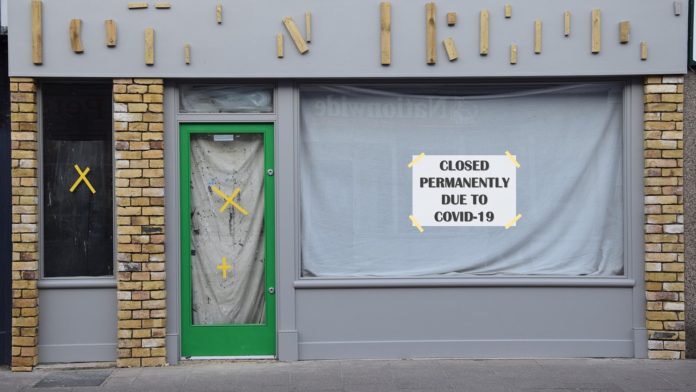American lives or the economy.
If you had to pick one, which would it be?
Most folks – even the most greedy, mustache-twisting 1%’ers – would look to preserve life over dollars.
And that’s where the disagreement among politicians (and many voters) stems from. Some people believe that lockdowns save lives. Others argue that lockdowns, while possibly reducing Covid-19 infections, are actually causing more net deaths due to poverty, untreated chronic health conditions, heart disease, cancer, and suicide.
The truth is, though, that plenty of countries have managed to both protect their citizens and their economies. Sweden, Holland, and Austria have weathered the storm in Europe while Taiwan and South Korea have achieved similar results in Asia, where the coronavirus originated.
And they all did it without imposing oppressive, business-strangling lockdowns. Observing social distancing guidelines, identifying local outbreaks, and limiting foreign entrants did the trick. Sweden was blasted for not locking down initially.
Now, Swedes are enjoying their summer and a return to normalcy.
Elsewhere, the lockdowns have failed and an even more nefarious trend is forming:
Bankruptcies are soaring despite an astounding $11 trillion in liquidity provided by governments and central banks.
It’s something that Allianz chief economic advisor Mohamed El-Erian warned investors about earlier this month.
“I think what derails this market isn’t more China-U.S. tension, isn’t more political differences. It would be if we get then large-scale bankruptcies,” he said.
“That is what derails this market.”
As of last week, a record-high 45 companies with assets totaling $1 billion or more filed for Chapter 11 bankruptcy. In Germany, roughly 500,000 companies have become insolvent and are now considered “zombies,” or companies that are able to pay only the interest on their debts but not the principle.
In Spain, the central bank (Bank of Spain) stated that 25% of all Spanish companies are on the edge of insolvency. Moody’s estimates that 10% of businesses in the world’s top economies are in “severe financial stress.” Many are already in bankruptcy or pre-bankruptcy conditions.
All of this is happening with ample liquidity provided. And it’s likely to get worse in Q4.
But how could this be? Rates are at rock-bottom. Cash is flowing freely, often directly into, struggling businesses.
The problem is, “free money” has been coursing through the West since 2008, encouraging poor investment habits, bad capital allocation, and elevated levels of debt. Only large corporations enjoyed the benefits of liquidity programs. Main Street – small businesses – did not.
It created an imbalance over time, where the top companies needed tons of debt to get the job done. Solvency ratios got sent out of whack and return on business investment sunk, leading to a drop in CapEx efficiency.
In other words, corporations were getting less and less out of investing in their own businesses, which isn’t the kind of thing that usually happens in a growing economy.
Easy money, big-time bailouts, and a rise in “zombified” companies had the U.S. economy in a precarious spot in 2019. Low unemployment and a strong consumer kept the wheels turning.
They all fell off, however, when states began enforcing lockdowns earlier this year. A highly leveraged economy can’t absorb a complete stop in business activity. It will need another glut of stimulus – which investors are witnessing now – to survive, building the house of cards higher and higher.
If central banks can’t get a handle on corporate bankruptcies, another financial crisis will come. But will it arrive next week? Next month?
Even next year?
Probably not. It’s an inevitable conclusion, however, of the financial system’s current course. Albeit not one that the market will be able to see coming until it’s already happened.
So, with Main Street languishing, investors might as well enjoy Wall Street’s gains. Equities have completed a “V-shaped” recovery and are now looking toward a brighter future.
All while a “zombie horde” of corporations swells and the number of major bankruptcies increases, pushing the economies of the world toward a grim, liquidity-soaked, fate.








